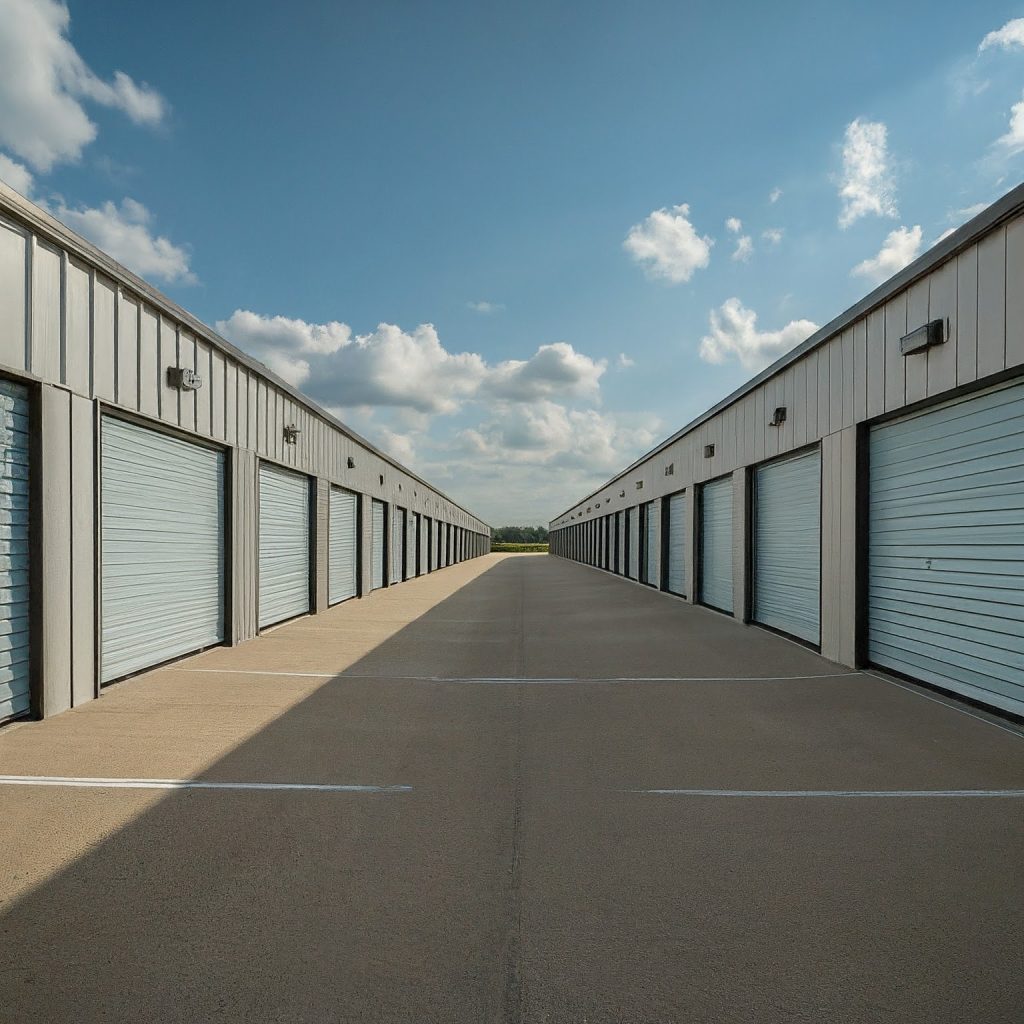The storage industry has witnessed significant growth in recent years, with increasing demand for space to store personal belongings, business records, and surplus inventory. Storage unit owners can capitalize on this trend and generate substantial revenue. However, it’s crucial to understand the financial aspects of owning and operating a storage unit to make informed investment decisions and maximize profitability.
How Much Do Storage Units Make

Revenue Streams:
The primary revenue stream for storage units is rent charged to tenants. Rent is typically determined by the size of the unit, location, and amenities offered. Additional revenue streams include:
- Late payment fees: Charges assessed to tenants who fail to pay rent on time
- Insurance: Charging tenants for insurance coverage protects the unit owner from potential liabilities
- Administrative fees: Fees for processing applications, move-ins, and move-outs
- Additional services: Offering services such as packing supplies, moving assistance, or climate-controlled units can generate additional revenue
Expenses:
Owning and operating a storage unit involves various expenses, including:
- Property taxes: Assessed by local authorities based on the value of the property
- Insurance: Covering liabilities for property damage, theft, or personal injury
- Utilities: Paying for electricity, water, and gas used to maintain the units
- Maintenance and repairs: Costs associated with upkeep, such as roof repairs, painting, and HVAC maintenance
- Staff salaries: Hiring and paying staff to manage operations, including rent collection and customer service
- Marketing and advertising: Promoting the storage units to attract tenants
- Loan payments: Expenses if the property is financed through a loan
Factors Influencing Profitability:
Several factors influence the profitability of a storage unit:
- Location: Units in high-density areas or near major transportation hubs generally command higher rents
- Unit size: Larger units can fetch higher rental fees compared to smaller units
- Amenities: Offering amenities such as climate control, security cameras, and online booking can enhance tenant appeal and increase rent
- Competition: The presence of competing storage units in the area can impact rent prices and occupancy rates
- Economic conditions: Economic downturns can lead to decreased demand for storage space and lower rental rates
Estimating Revenue and Expenses:
To estimate the potential revenue and expenses of a storage unit, consider the following steps:
- Determine the local market rent for comparable units in your desired location
- Estimate the number of units you can rent out based on your property size and layout
- Multiply the rent by the number of units to calculate potential rental income
- Identify and estimate the fixed expenses, such as property taxes, insurance, and loan payments
- Estimate variable expenses, such as utilities, maintenance, and staff salaries, based on the size and number of units
Conclusion:
Storage units can be a lucrative investment, but it’s crucial to understand the revenue potential and expenses involved. By carefully planning and estimating these factors, investors can make informed decisions about the feasibility of their storage unit venture and maximize profitability. Remember to consider the unique characteristics of your location, unit size, and amenities when assessing the financial viability of your storage unit investment.
Read more: Best Bio for Instagram (2024)










Leave a Reply